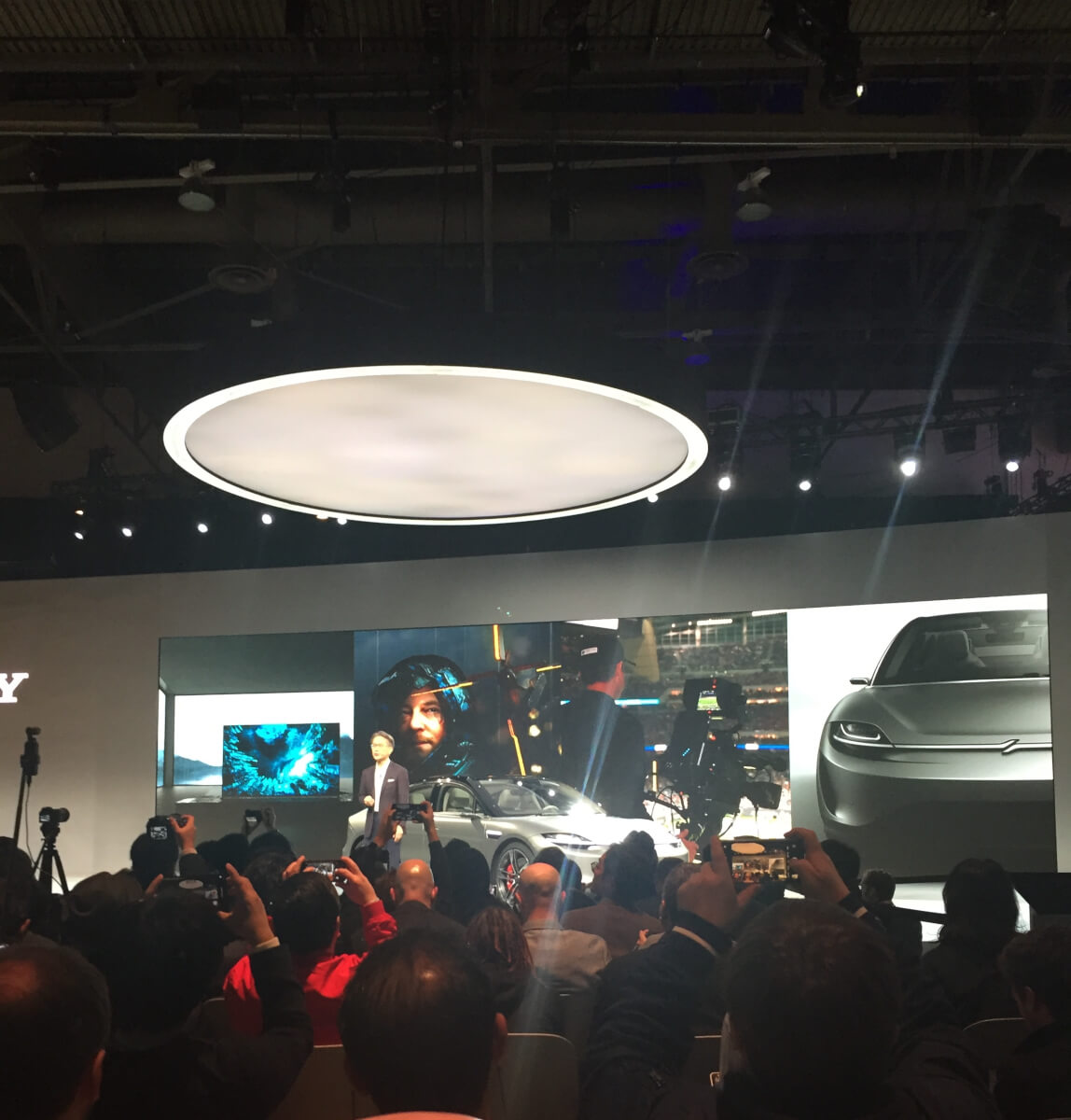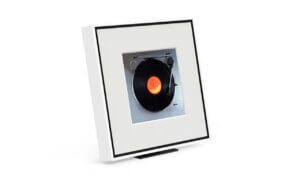Sony’s press conference at CES is always a delight. Part of this is because their conference is always at their convention booth, a nice change of pace from the typical conference room setting. But mainly, Sony recognizes who they are: a creative entertainment company. While most of the time was spent on creative entertainment, their technology portfolio is incredibly massive and spans multiple industries. This year they focused on 4 major products and verticals: Content Creation, Gaming, Broadcasting, and Mobility.
Content Creation
When it comes to creating content, Sony is one of the industry leaders. Their camera hardware is accessible and powerful for both the casual and the professional. To support these creators take their content to the next level, Sony highlighted the following software advancements:
- 360 Reality Audio – although not necessarily new to Sony (or even the industry), the object based spatial technology allows content creators to place and listen to sound in 3D space rather than a simple left-right audio binary.
- Volumetric Capturing Technology – with this technology, producers will be able to capture film sets in 3D with incredible photorealism.
- AI-based Real Time Video Analytics – this solution visualizes data gained from movements even as dramatic as those during sports, capturing and replaying them with incredible accuracy.
- Eye-sensing Light Filled Display – this creates a spatial reality experience through light, mainly contrasts and highlights. Designers, architects, and more can show their produced works from various angles with each realistically rendered.
Additionally, Sony announced their newest 8K TV, the Bravia Z8H series.
Gaming

Sony spent much of this section highlighting the PlayStation’s accomplishments, from the original PlayStation to the PS4. Mentioning the PS4 as the number 2 best-selling home console of all time (behind the PS2), Sony highlighted the community of gamers created through the various experiences – VR, PlayStation Network, PlayStation Plus – offered by the console. They also gave a brief nod to the PS5, set to be released in the 2020 holiday season, by showing its new logo. However, not much else was mentioned about the highly anticipated console.
Broadcasting
When it comes to broadcasting, Sony noted the importance of 5G. 5G will not only be able to send higher quality video and audio feeds, but it can do so over cellular networks rather than traiditional cables and wires. In a test case with NBC Sports at an NFL game, Sony showed off how its 5G enabled camera could work with its Xperia phone on the Verizon 5G network to broadcast the game without the need for heavy and fixed setup traditional to broadcasting.
Mobility
Although Sony isn’t primarily known for its automotive innovations, Sony made sure that it highlighted how its technology could create positive social and environmental impacts within the autonomous vehicle space. In particular, Sony emphasized how it is focusing on supporting safety with the following imaging and sensing technologies:
- Safety Cocoon – CMOS Image Technologies detects objects immediately.
- Solid State Lidar – creates a precise 3D map of real life spaces, not only improving recognition for objects close, but also far.
- Sensor Fusion – Sony’s approach to sensor fusion differs from traditional methods of combining data after each system processes them individually. Instead, by using the raw data and determining important points ahead of processing, Sony systems are able to improve recognition even in harsh weather conditions.
- ToF in Cabin Sensing – time of flight system recognizes people and object inside the car, optimizes infotainment system and maximizes comfort and safety within the vehicle
Additionally, the company announced its newest initiative: Vision-S. A smart car, it will come packed with some of Sony’s best sensing tech. Thirty-three sensors ensure safety while 360 Reality Audio and a panoramic dashboard provides both important driving information and entertainment. With a modular software-oriented design, it is meant to be adaptable to different situations and people. Promising in concept and design, Vision-S looks to be a safety, entertainment, and adaptability focused smart car project.
Overall Sony followed the pattern of its previous CES content: highlighting what makes itself great rather than simply listing off new (and yet to be released) tech. Yet, Vision-S came out of nowhere and was one of the most unexpected announcements of any conference. It’ll be interesting to see where Sony goes with Vision-S, but with expectations for a new phone, camera, and gaming console this year, Sony definitely has a lot of exciting tech in the near future.
Follow TechTheLead on Google News to get the news first.























